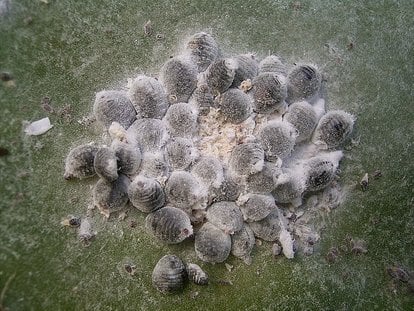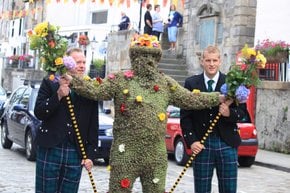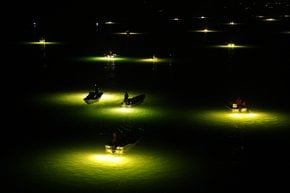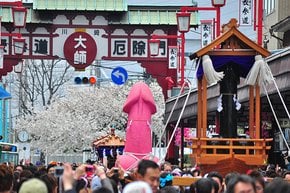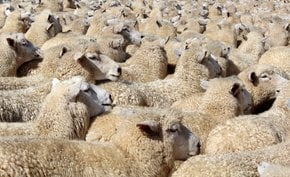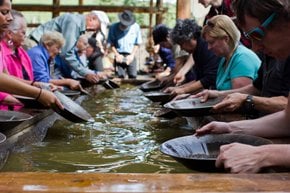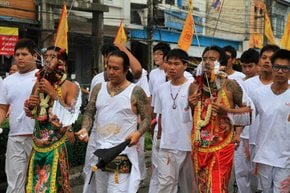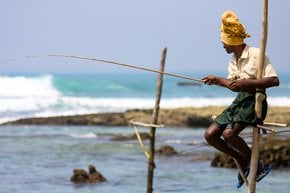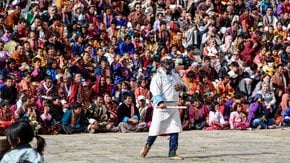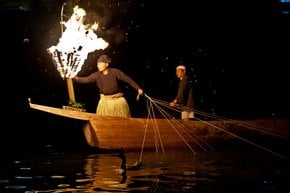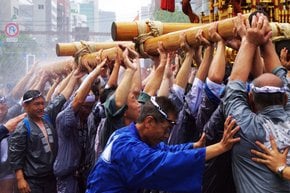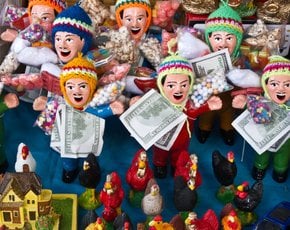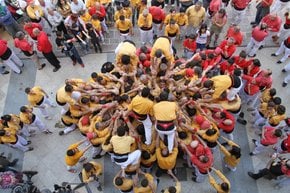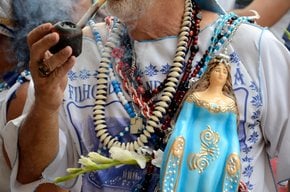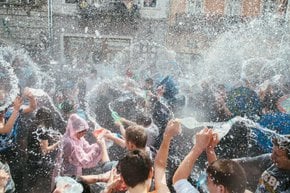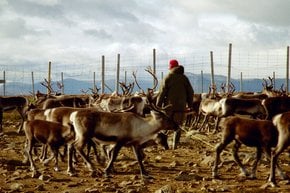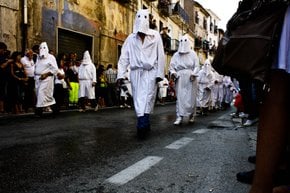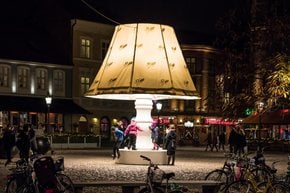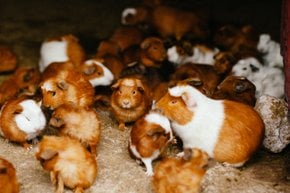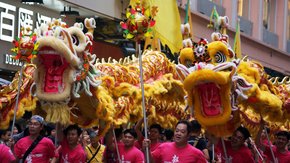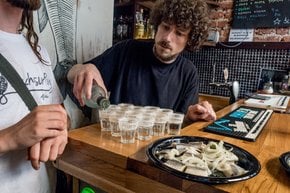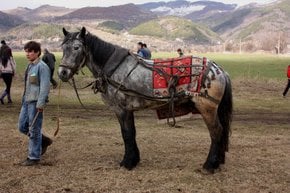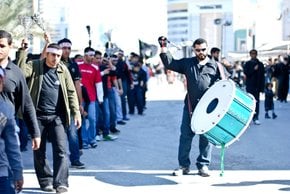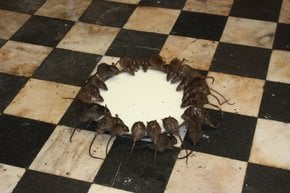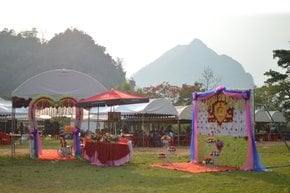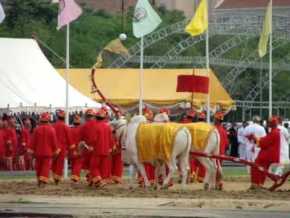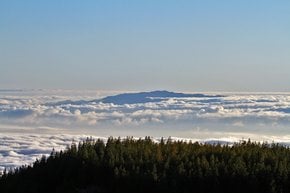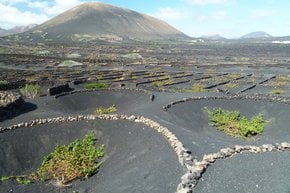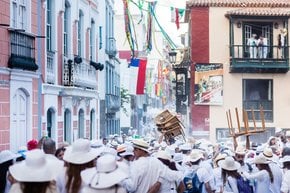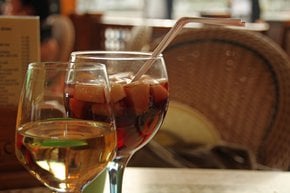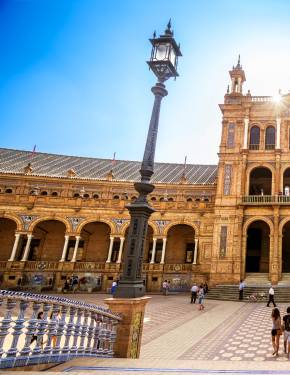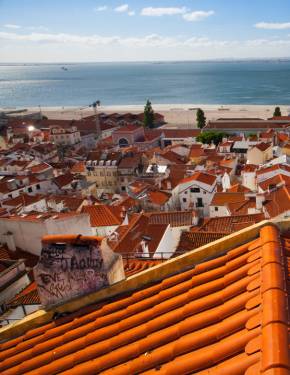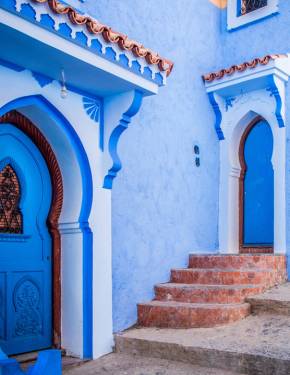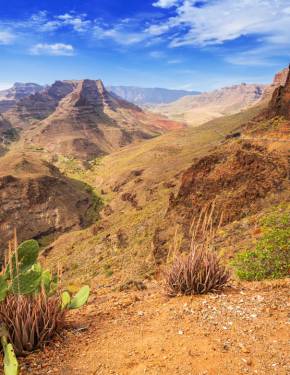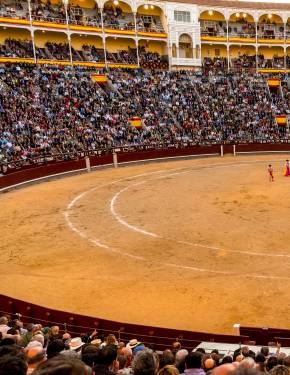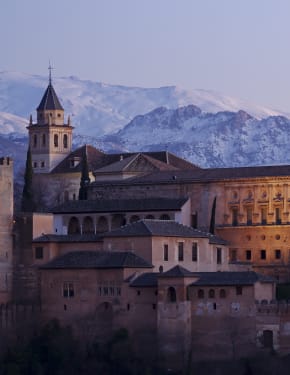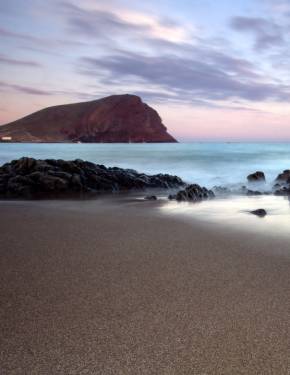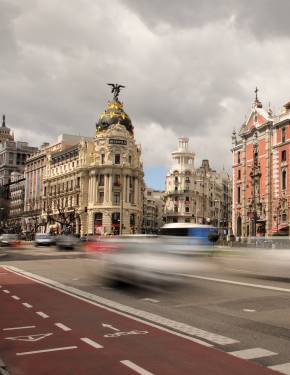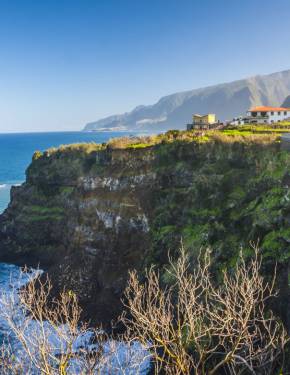Cochineal Harvest in Canary Islands 2026
Come and see how insects, which are so important for the economic life of the Canary Islands, are grown in cactus fields
Best time: September–October
Cochineal is soft-bodied, flat, oval-shaped scale insect. The deep red colour, known as carmine, is derived from an acid, produced by these insects. This dye is mostly used for colouring fabrics, but also in lipsticks, nail polish, and even some food products such as sausages. Cochineal dye use dates back to the times of Aztec and Mayan people. It originates from Central and North America. They feed off the cacti's sap and are spread naturally across cactus plantations. They are placed on the cacti, and after 60-70 days they have grown enough to be harvested. The harvesting of these insects that falls on autumn months has some special traditions to observe. Farmers wear an unusual uniform of brown wrapped paper around their arms and legs, and big hats to protect them from the sun. The dye is extracted from the female beetles. After another 10-20 days of drying, they are placed in bags and stored. Sometimes the process of extracting carmine may take years. Cochineal has its special part in the life of Canary Islands. In the 19th and 20th centuries, this was one of the most important industries on the islands. It is farmed all over Tenerife and Lanzarote and plays a great role in the islands' economy. Canary Island producers of carmine have to compete with Peru, the leading producer. Luckily due to the natural factors and weather, they all have enough work and orders all over the world. Tens of thousands of dried cochineals are exported from each island to such countries as Germany, Italy, France, etc.

